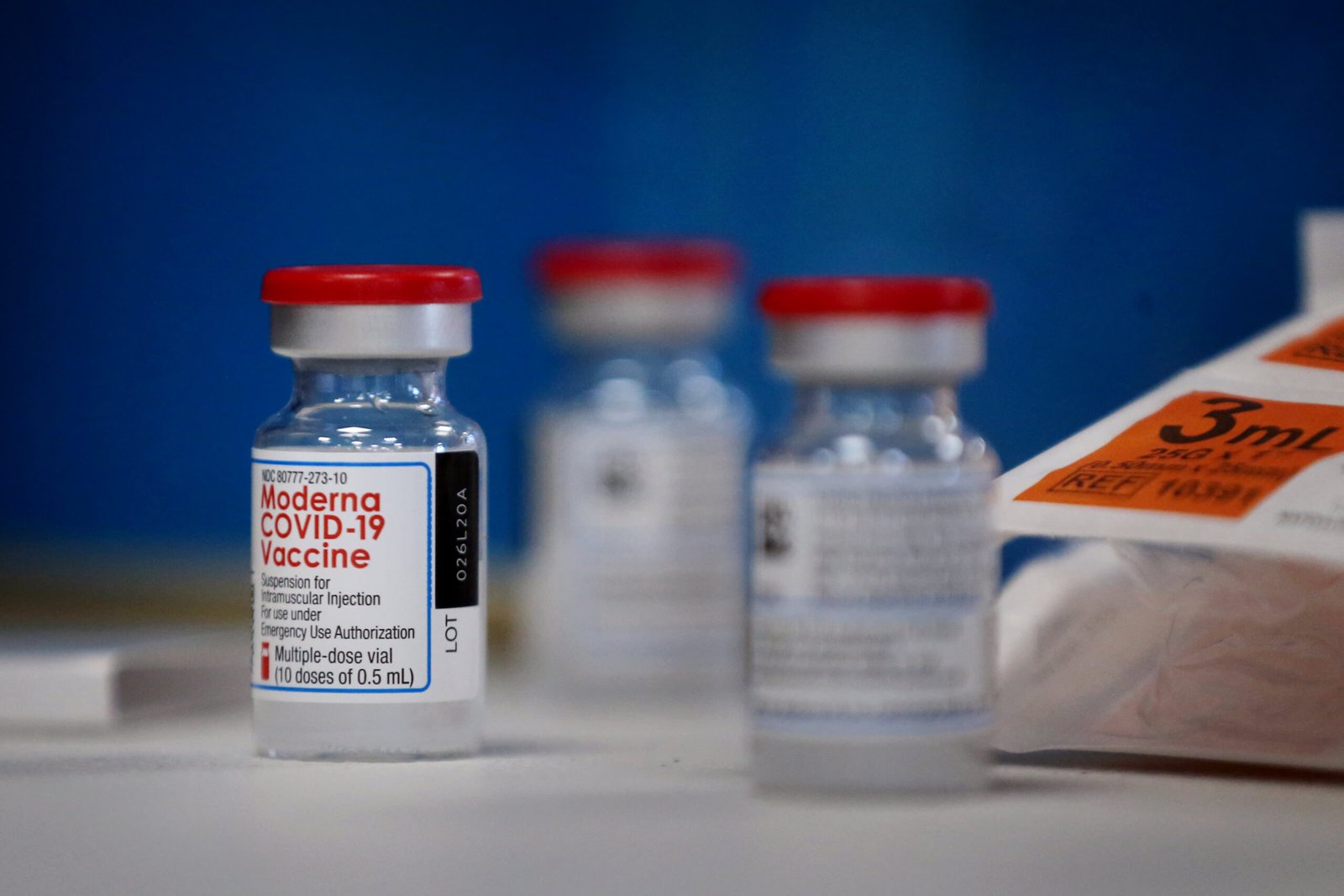New guidelines from the American Stroke Association reveal that up to 80% of strokes could be prevented with improved lifestyle choices, including better nutrition, regular physical activity, and identifying personal risk factors. Despite stroke being a leading cause of death in the U.S., the new recommendations offer actionable strategies to significantly lower stroke risk and improve overall health.
The updated guidelines reflect advances in understanding stroke risk, as well as new medications that can help reduce stroke likelihood. Experts emphasize that maintaining a healthy diet, staying active, and avoiding smoking are key to minimizing stroke risks and preventing other health problems. However, societal challenges, such as sedentary lifestyles and unhealthy food options, make these changes difficult to implement.
What is a Stroke?
A stroke occurs when blood flow to the brain is interrupted, either due to a blockage or a burst blood vessel, causing oxygen deprivation and potential brain damage. This damage can lead to cognitive, speech, and movement difficulties, or even death.
Healthy Eating to Prevent Stroke
Consuming a healthy diet helps manage several risk factors for stroke, such as high cholesterol, high blood sugar, and obesity. The American Heart Association recommends a Mediterranean diet rich in fruits, vegetables, whole grains, and healthy fats like olive oil. Limiting red meat and highly processed foods can help maintain a healthy weight, which also reduces stroke risk.
Exercise as a Stroke Prevention Tool
Even modest physical activity, like walking for just 10 minutes a day, can significantly reduce stroke risk. The guidelines suggest at least 150 minutes of moderate aerobic activity or 75 minutes of vigorous activity per week, such as walking, running, or using exercise equipment at home.
New Medications to Manage Obesity
Weight control plays a critical role in stroke prevention. New medications, including Ozempic and Wegovy, have been approved to help reduce weight and improve health outcomes for those with obesity or diabetes. However, experts stress that these medications should be paired with a healthy diet and exercise for maximum effectiveness.
Screening for Stroke Risk Factors
The new guidelines urge doctors to assess a broader range of factors that may increase stroke risk, such as gender, economic stability, and access to healthcare. These factors are particularly important for communities at higher risk, like Black adults, who have nearly double the stroke risk compared to white adults.
Recognizing Stroke Symptoms and Seeking Immediate Help
If you or someone you know is experiencing stroke symptoms, such as face drooping, arm weakness, or speech difficulty, acting fast is critical. Use the acronym FAST (Face, Arm, Speech, Time) to recognize symptoms. Immediate medical treatment can minimize brain damage and improve outcomes, so it’s essential to call emergency services right away.



